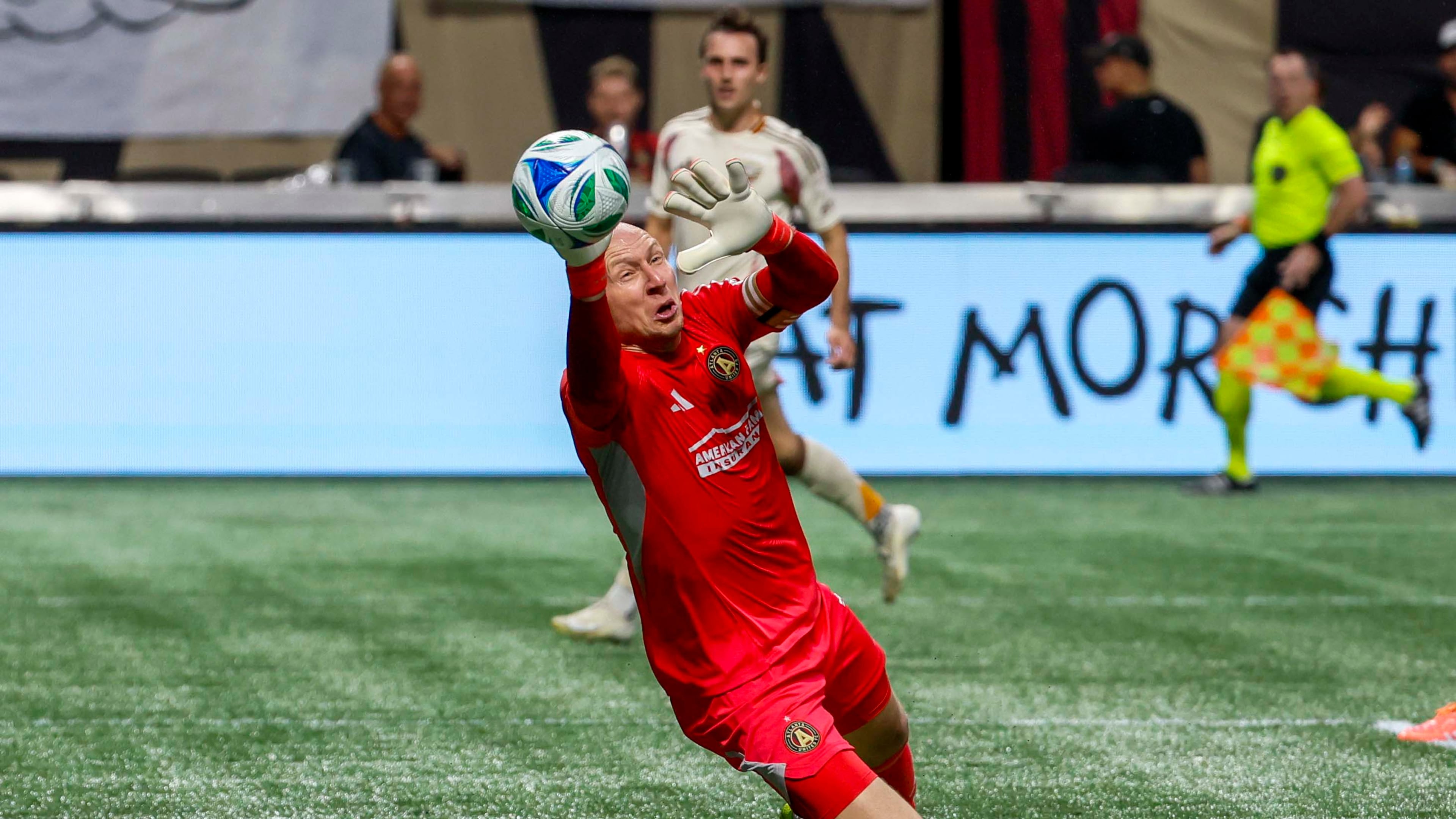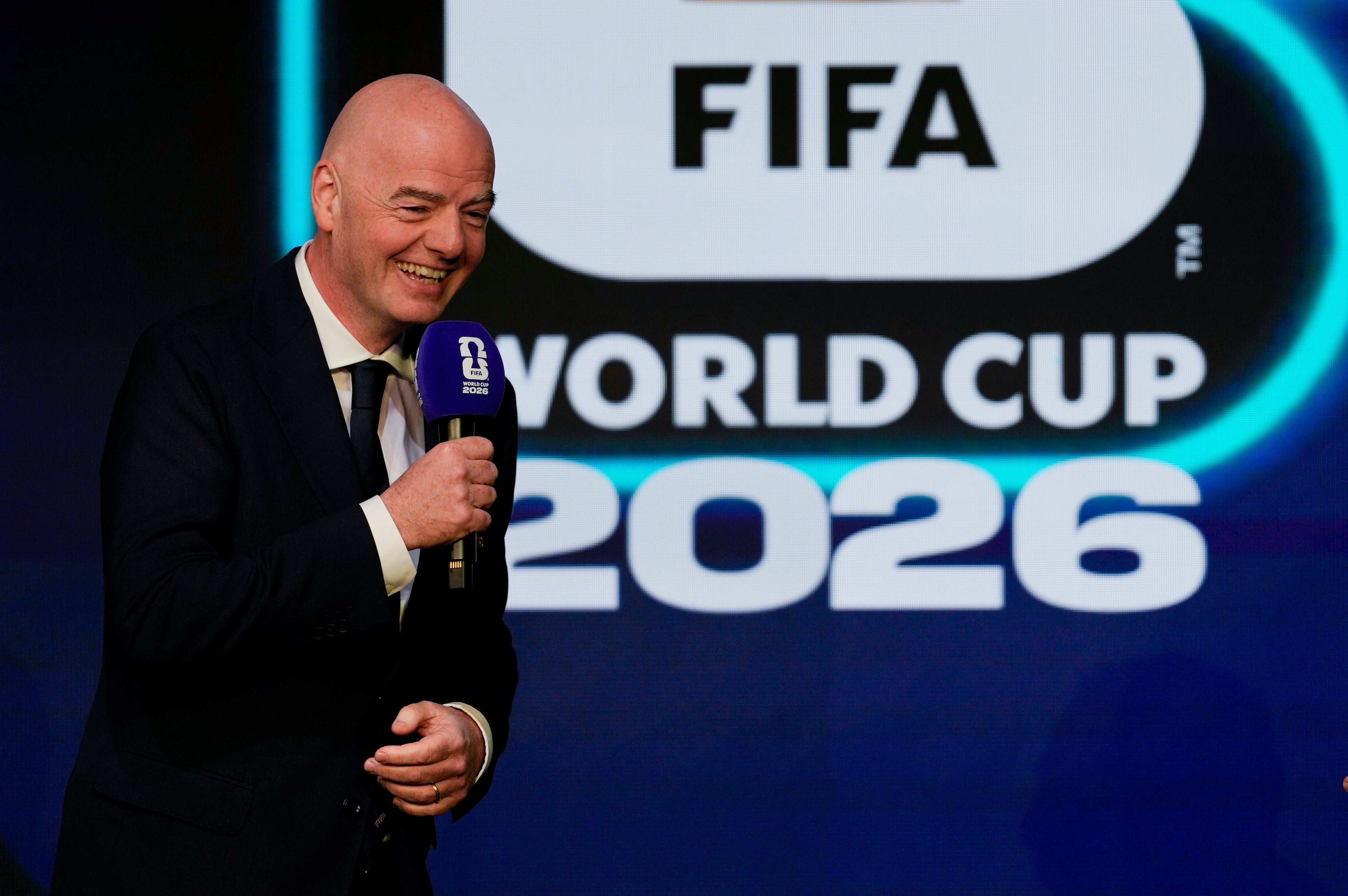Reviewing Atlanta United’s keys to the season ... oh boy

Atlanta United suffered its worst season.
It fired its manager.
It was awful for its employees, players and supporters.
So, to pile on, let’s review the keys to the season I crafted in February with a season preview.
Ronny Deila’s decisions
Some of what I wrote: "Deila has a vision for the club that he is confident will be achieved. He wants to use a 4-2-3-1 formation. He wants to keep possession. When they don’t have the ball, he wants to feverishly press the opponent. He wants to hear the players talking to each other. He wants to see them learning and improving."
What actually happened: Well, he tried a 4-2-3-1. He also tried a 5-4-1, a 5-3-2 and a partridge in a pear tree.
The team had a possession percentage of 50.4, according to FBref.com. So … box checked?
As for pressing, it had one of the worst successful tackling rates (46.9), was in the middle in interceptions (282) and toward the bottom in tackling plus interceptions (735).
Deila wanted to see them learning and improving. That obviously didn’t happen. It won one match since Memorial Day. One.
What will Emmanuel Latte Lath do?
Some of what I wrote: “Knowledge, chemistry and confidence will be the things to overcome. Latte Lath had never been in the U.S. and said he hadn’t watched MLS before he signed. He knows his teammates and manager only from a few training sessions and part of one friendly. The positive for Latte Lath is he is fast. If Latte Lath can find spaces to run into, and his teammates can get the ball to him, what he doesn’t know won’t matter because he does know how to score.”
What actually happened: Latte Lath, purchased for what was then an MLS record of $22 million, started very well, with two goals in the opener against Montreal. He scored in three consecutive matches after going without for two games.
Then he mostly stopped scoring, finishing with only seven goals. His speed wasn’t utilized well because the team typically didn’t try to counterattack. His first touch wasn’t great as a single, holdup striker. He rarely got into spaces to shoot.
He finished with an expected goals of 11.5, so it could have been better, but overall, it was a disaster.
Which Miguel Almirón will play?
Some of what I wrote: “President Garth Lagerwey has tried to tell the team’s supporters that this version of Almiron won’t be able to make 60-yard sprints over and over. He will be a smarter player. That hasn’t stopped some followers from posting video of the old Almiron on social media, as if the expectation is that he will still be able to run full speed for 90 minutes. There also is that Almiron won’t be the central playmaker as he was.”
What actually happened: Almiron was neither a goal-scorer nor a playmaker. He finished with six goals, three from penalty kicks, and nine expected goals. He finished with four primary assists and was second on the team in key passes (44).
He was supposed to play on the right wing, but in the beginning of the season, frequently drifted inside, which negatively affected Alexey Miranchuk. Deila eventually changed the formation, in part to try to fix the defense and in part to try to accommodate Almiron coming inside. It resulted in Miranchuk being deployed deeper.
Deila also tried Almiron as a second striker and on the left wing, a sign that he wasn’t sure what his best position is.
Now, it will be up to the next manager to try to figure out where Almiron should play.
Speaking of Miranchuk
Some of what I wrote: "This season’s offense has been built around his skill as a passer and ability to put the ball into spaces that stress defenders. It should be expected that the 3:1 goals-to-assists ratio should be flipped this season. Opponents still are going to try to collapse on him when he receives the ball. It will be important for Miranchuk to use Almiron and the midfielders underneath him, Bartosz Slisz, Mateusz Klich, Jay Fortune or Tristan Muyumba, as outlets to relieve the pressure, keep the ball and restart attacks."
What actually happened: The ratio didn’t flip. He finished with six goals and an expected goals of 4.6 and three primary assists from a team-leading 49 key passes.
The idea of Miranchuk finding teammates running into spaces didn’t happen for lots of reasons. In the beginning of the season it was because Almiron wasn’t running down the wing because he also was trying to play attacking midfielder. The team also was without fullbacks Brooks Lennon and Pedro Amador, who were willing runners down the right and left and targets for Miranchuk.
Lastly, sometimes Miranchuk just didn’t see the runners or missed them.
Can Brad Guzan keep going?
Some of what I wrote: “Can Guzan do it again? The more pointed question may be will he have (to) do it again? Deila wants to limit the opponent’s big chances by keeping them out of the middle of the field when they have the ball. It’s worked fairly well during the preseason. He noted after defeating New England that it was another match in which the opponents didn’t threaten too much. If it can work during the season, Guzan may be able to post more shutouts than last season (6), while making far fewer saves.”
What actually happened: Guzan retired at season’s end. Let’s start with that.
The rest wasn’t pretty. Guzan did allow a few goals that he shouldn’t have. But his teammates, because of poor decision-making, frequently put him in awful positions. He gave up 49 goals, with two shutouts.
Atlanta United gave up 63 goals from 50.3 expected goals allowed.
Depth deep enough
Some of what I wrote: “There will be injuries. Every team suffers injuries. What has hurt Atlanta United in previous seasons is that sometimes there wasn’t enough depth to keep the machine running when a key part broke. This year’s team, so far, seems deep enough.”
What actually happened: It wasn’t.


